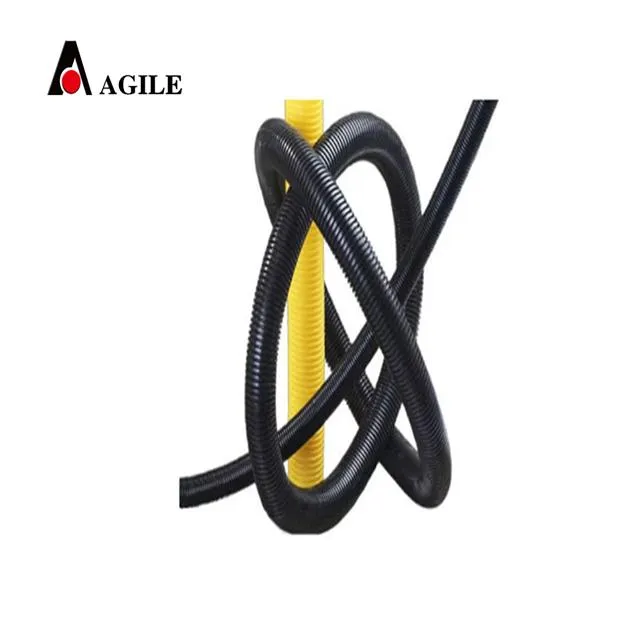synchronous belt drive
Understanding Synchronous Belt Drives
Synchronous belt drives are a type of mechanical power transmission system that utilizes timing belts and pulleys to transfer motion between rotating shafts. These systems are widely used in various applications, including automotive engines, conveyor systems, and industrial machinery, owing to their efficiency and precision.
A synchronous belt drive system consists primarily of three components the synchronous belt, the drive pulley, and the driven pulley. The synchronous belt, often made from rubber reinforced with fiberglass or steel cords, features evenly spaced teeth that mesh with the pulleys. This design eliminates slippage that is common in traditional V-belt systems, ensuring that the driven pulley rotates in perfect sync with the drive pulley. This characteristic is particularly important in applications where timing and positioning are critical.
One of the key advantages of synchronous belt drives is their efficiency
. The elimination of slippage means that nearly 98% of the motor's energy is transmitted to the load, reducing energy losses significantly. Additionally, these systems are known for their quiet operation, as the meshing teeth minimize vibration and noise, contributing to a more pleasant working environment.synchronous belt drive

Another compelling benefit of synchronous belt drives is their low maintenance requirement. Unlike chain drives, which require periodic lubrication and tension adjustments, synchronous belt systems can operate for long periods without the need for frequent service. This feature makes them particularly attractive for applications where continuous operation is desired.
Synchronous belt drives also offer versatility in design. They can be engineered in different sizes and lengths to accommodate various applications, from small electronic devices to large industrial machines. This adaptability makes them suitable for a wide range of industries, including automotive, manufacturing, and food processing.
However, it is important to consider the environmental factors that can affect the lifespan of a synchronous belt drive. High temperatures, improper alignment, or contamination from dirt and oil can lead to premature wear and tear. Regular inspections and proper installation are crucial to ensure optimal performance and longevity.
In conclusion, synchronous belt drives provide an efficient, reliable, and low-maintenance solution for power transmission needs. Their precise operation, coupled with a wide range of applications, makes them an essential component in modern mechanical engineering. Whether in an engine or an assembly line, synchronous belt drives play a vital role in driving innovation and efficiency across various sectors.








